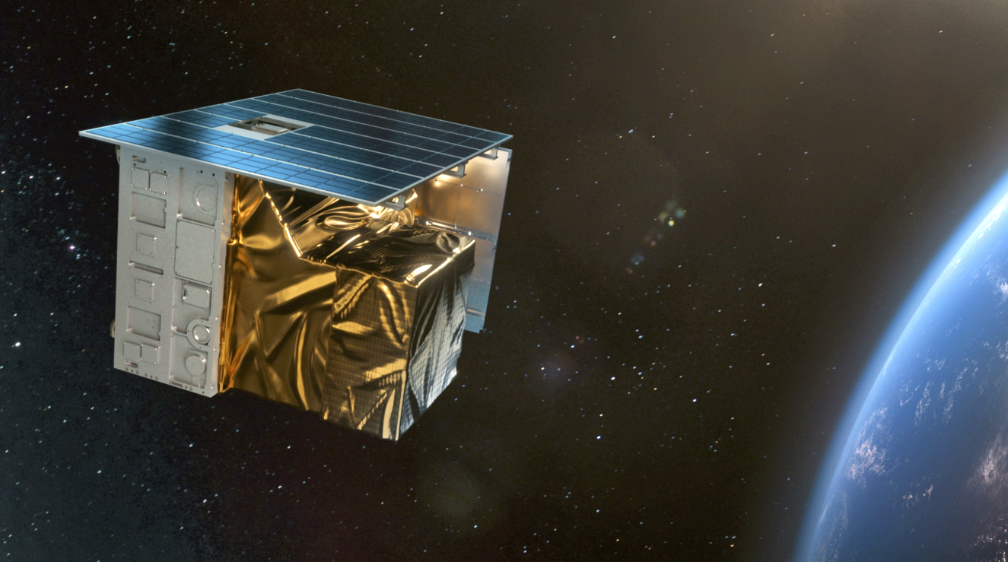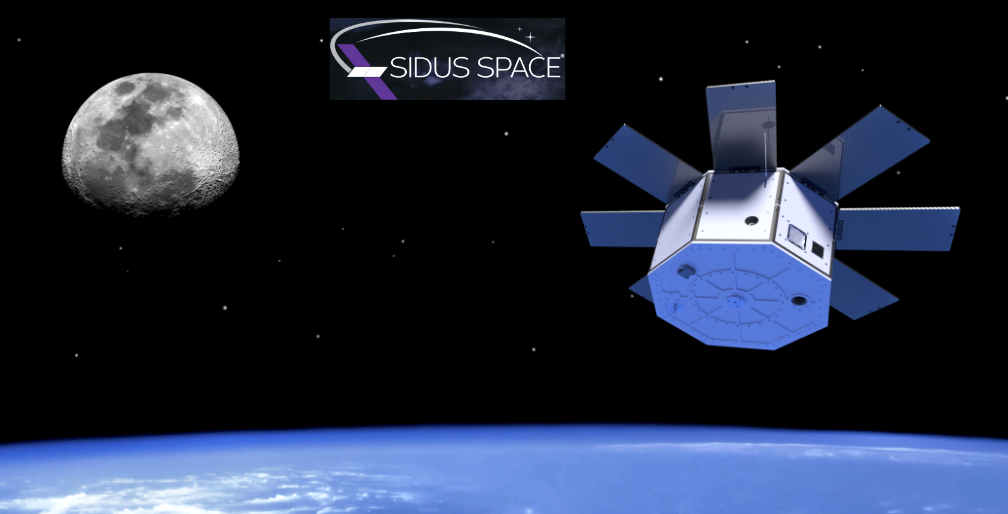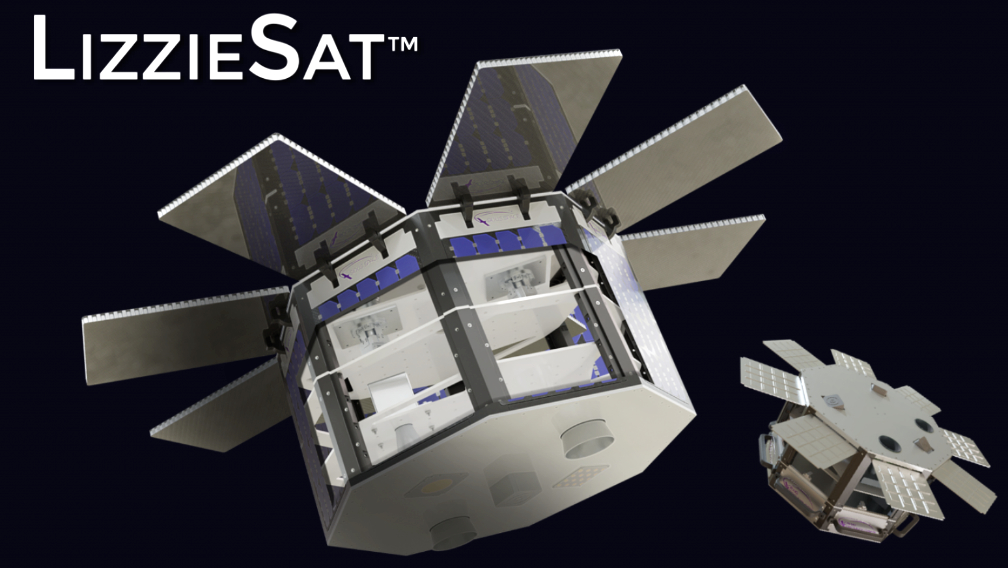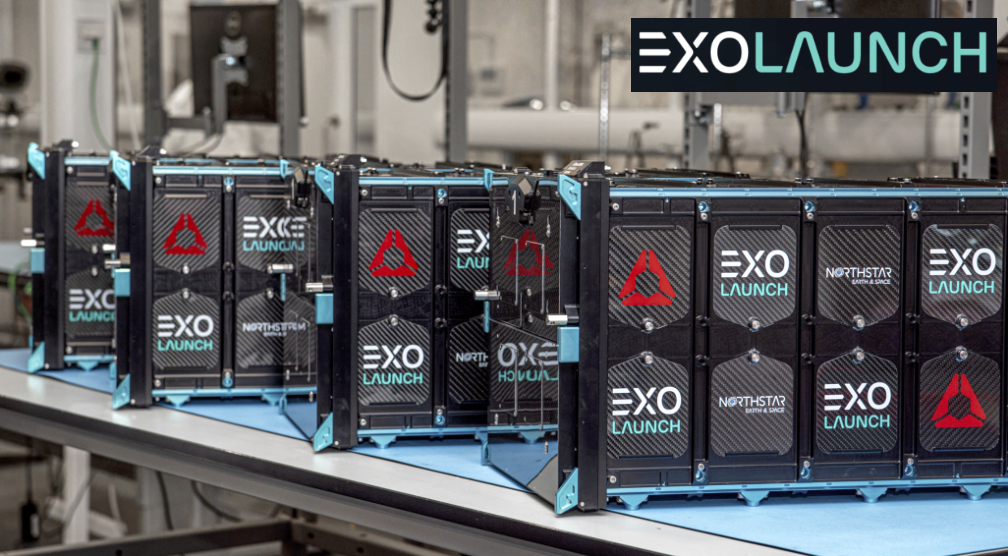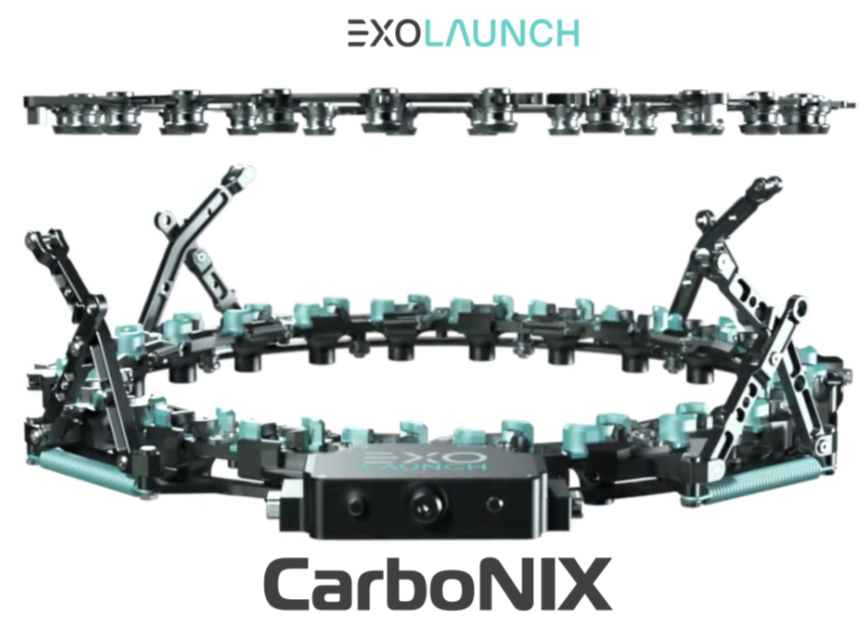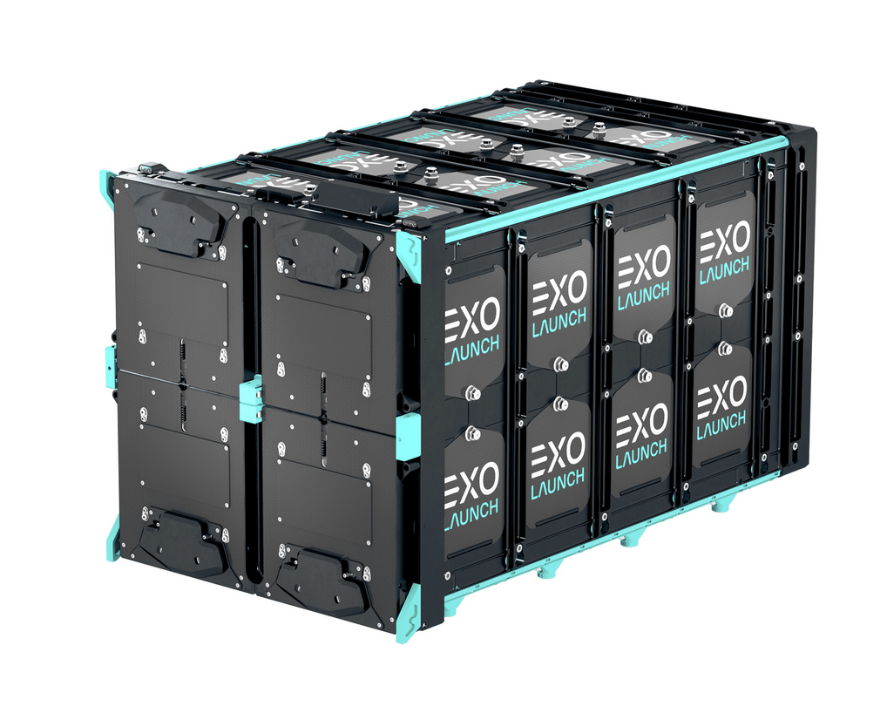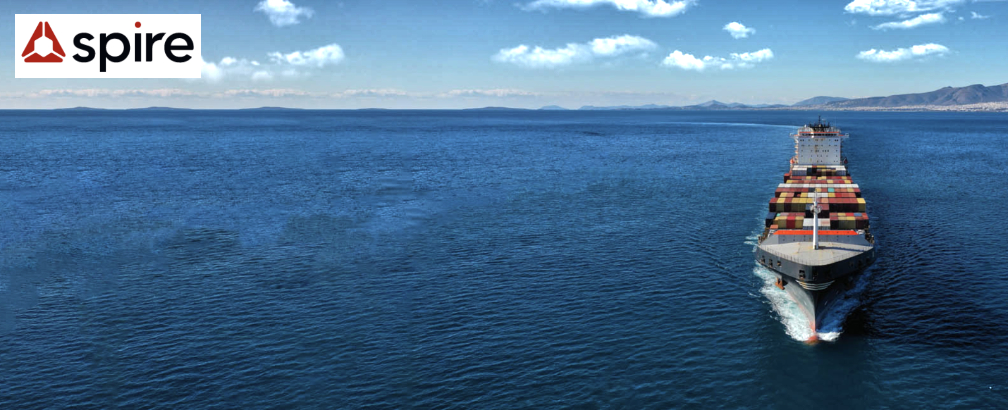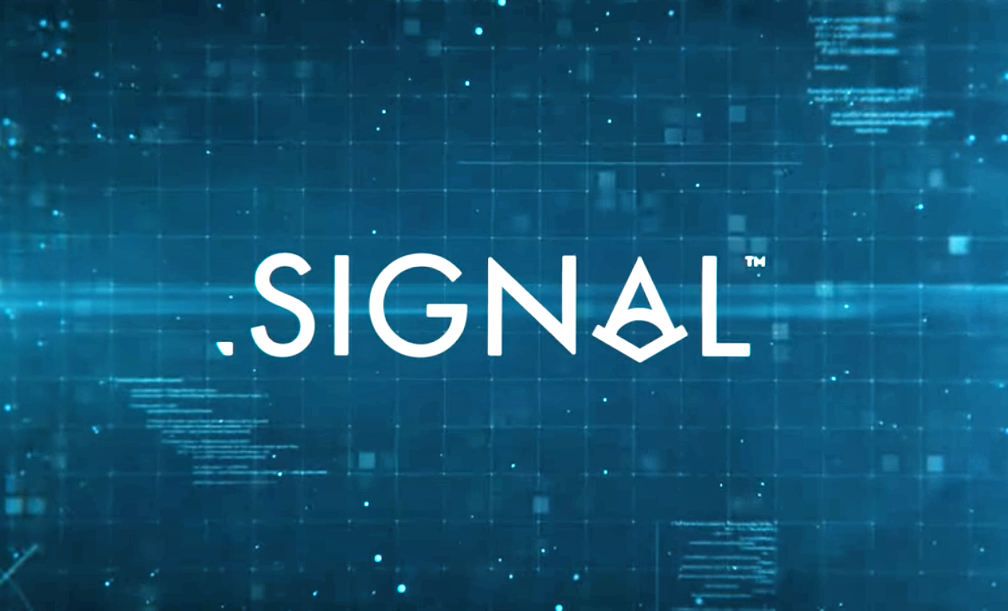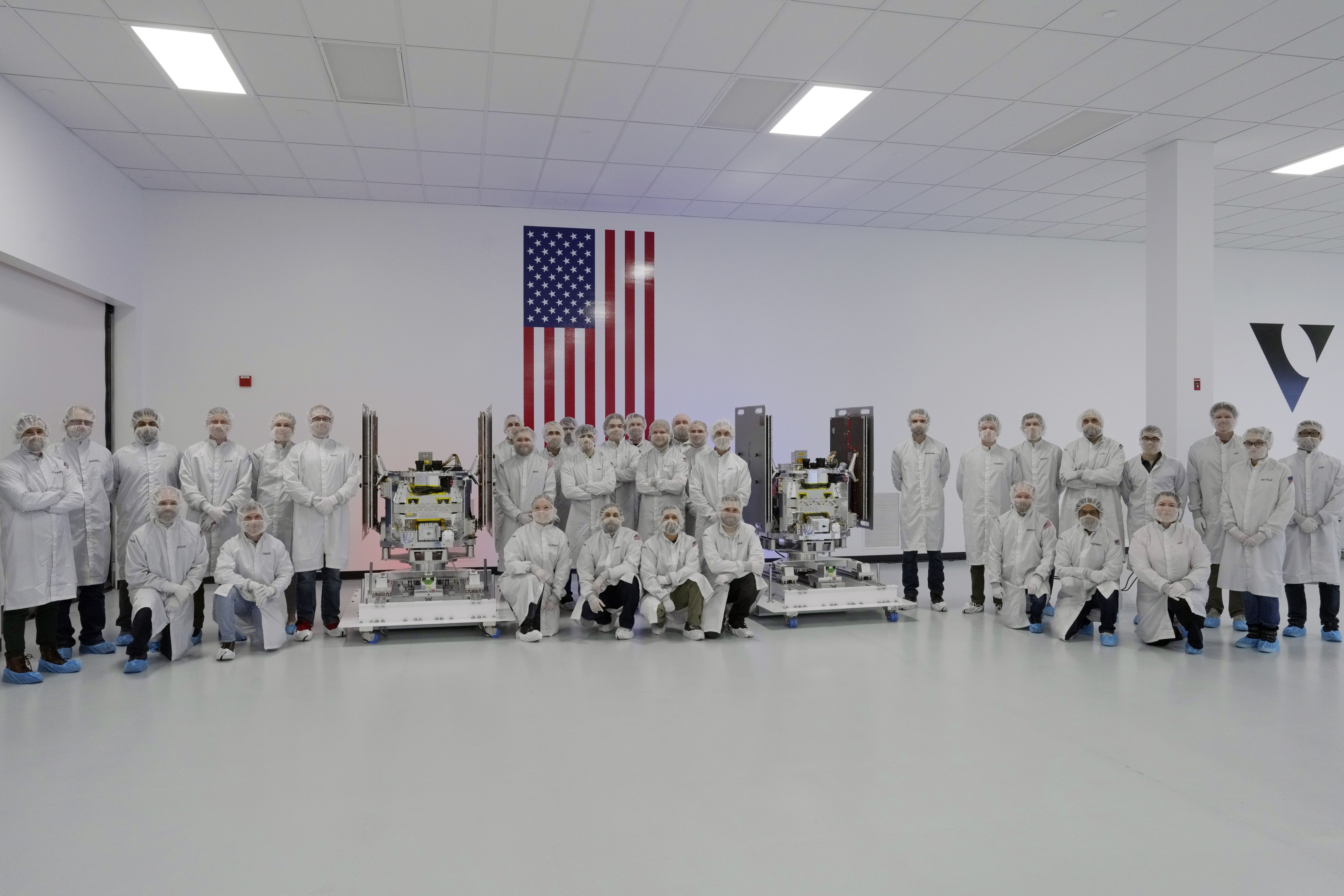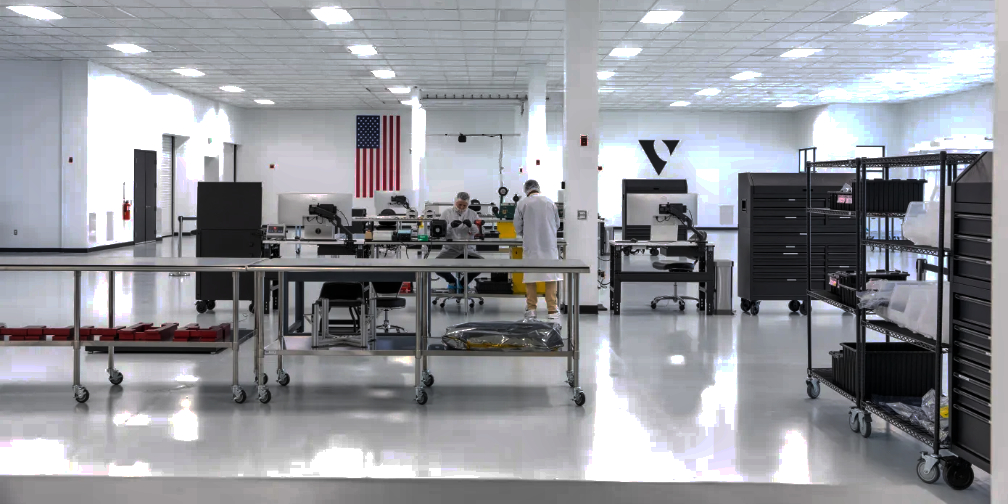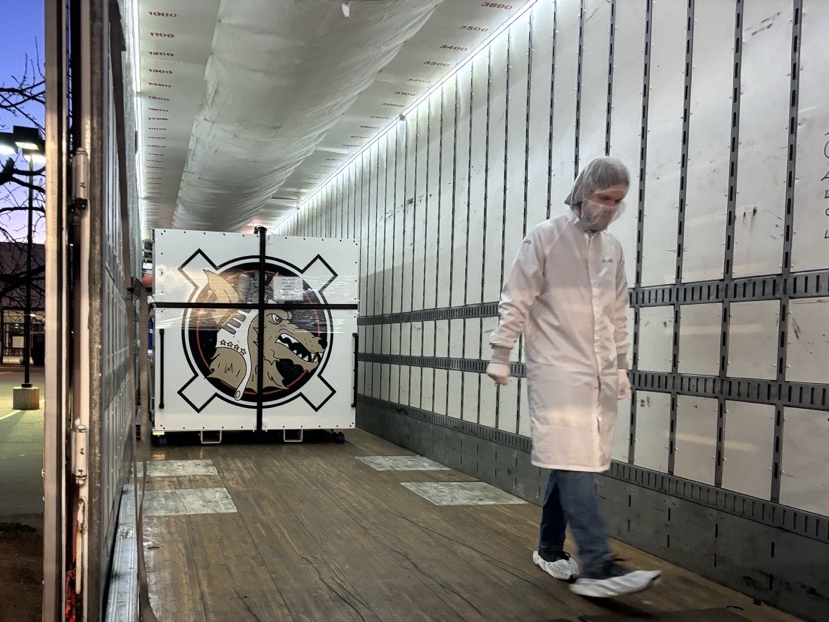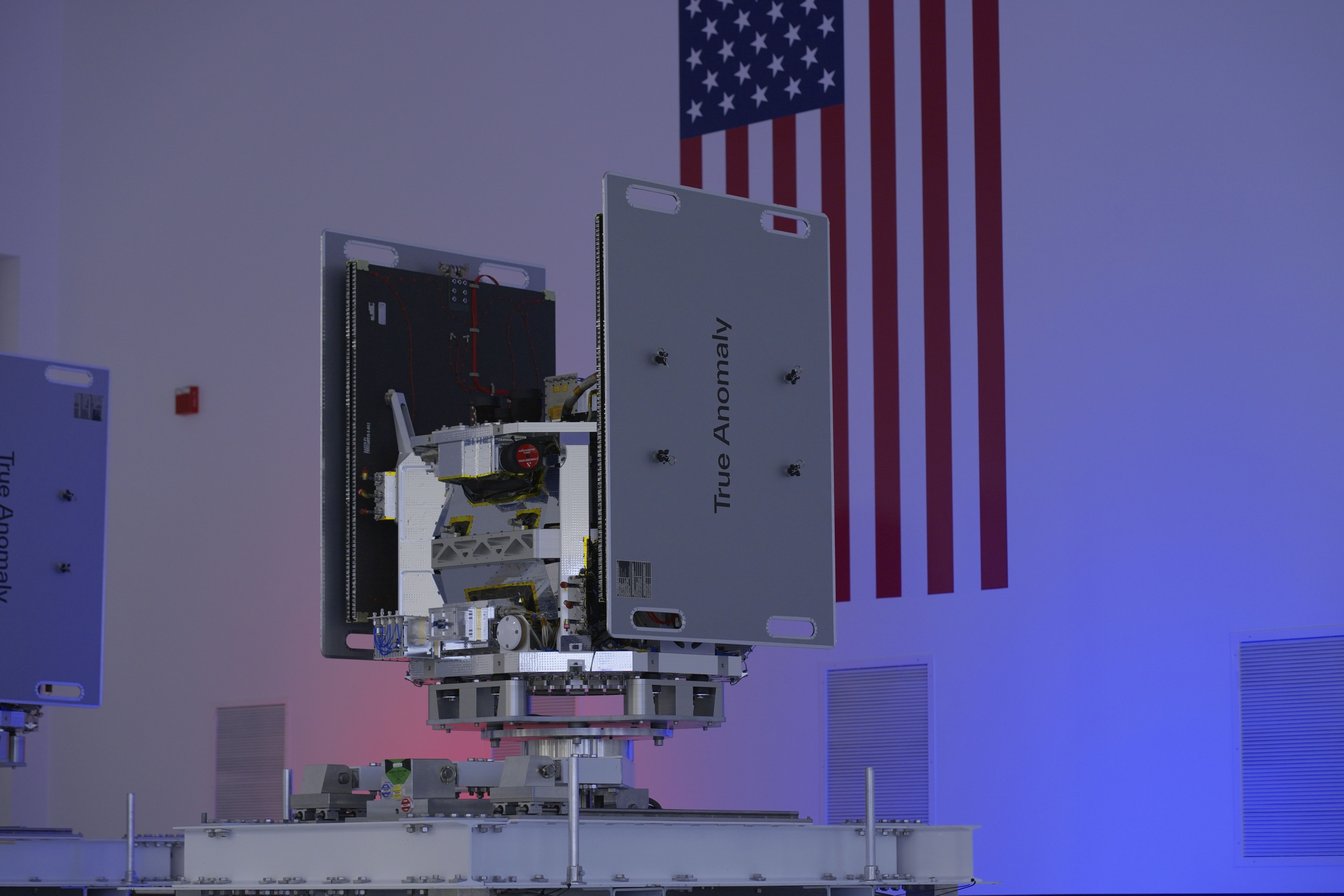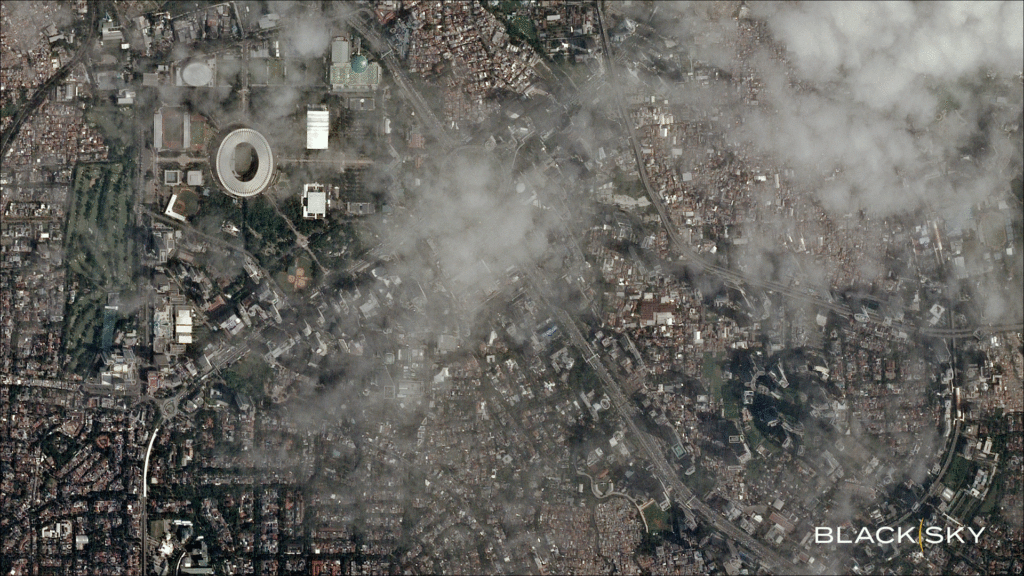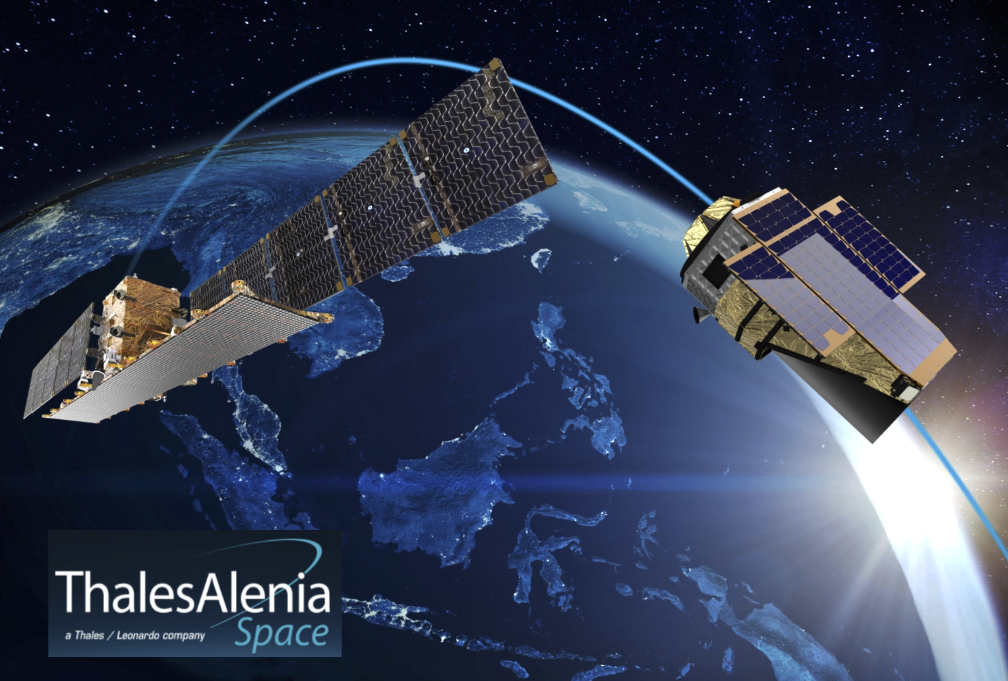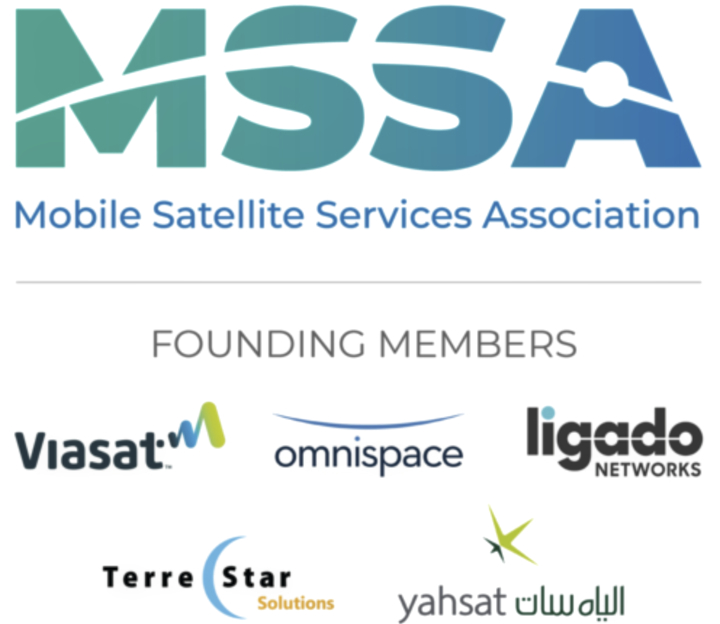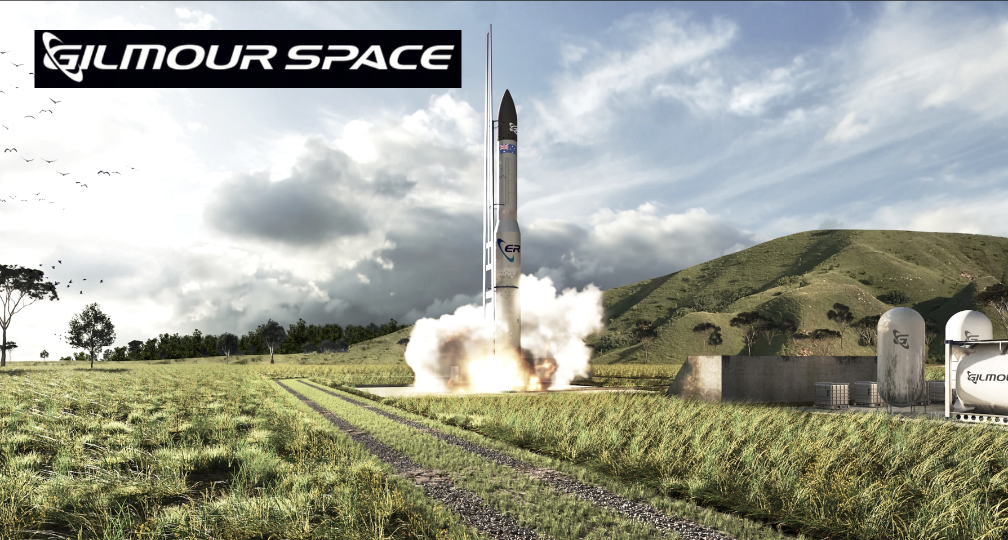
Australia’s space race is gathering pace with Queensland-based Gilmour Space Technologies raising a $55 million (US$36 million) Series D round ahead of the firm’s first orbital test flight this year.
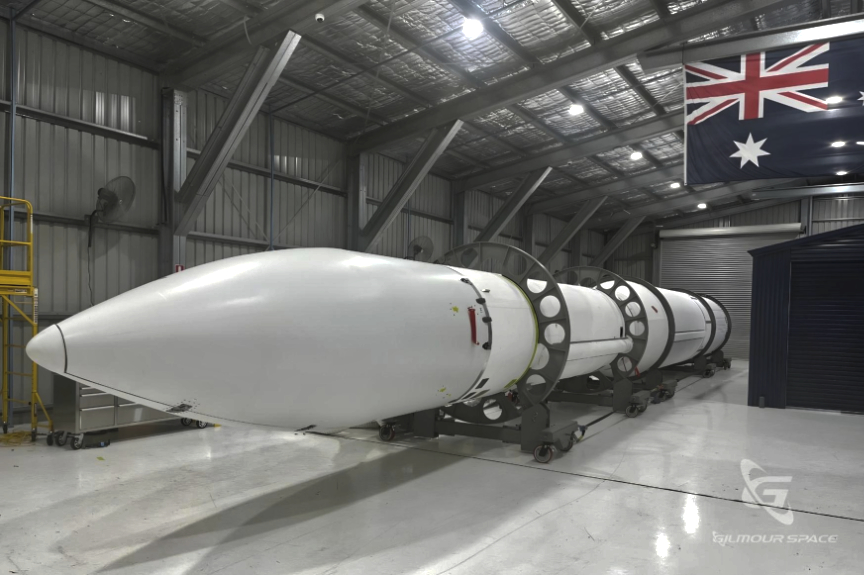
Led by Queensland Investment Corporation (QIC), alongside other leading Australian venture capital and superannuation funds – including Blackbird, Main Sequence, HostPlus and HESTA – the capital will fund the manufacture, test and launch of Australian rockets and satellites from the Bowen Orbital Spaceport in North Queensland.
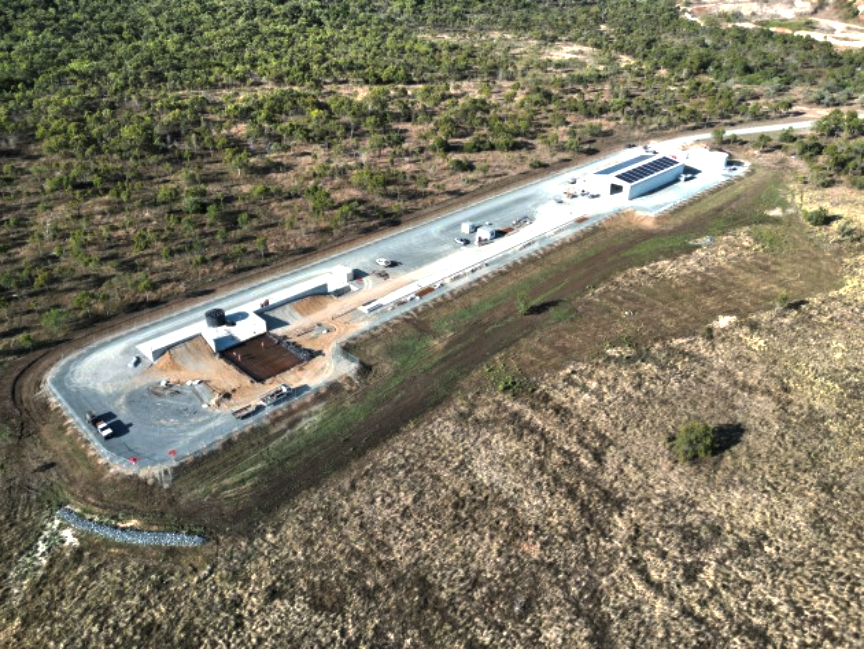
The Eris Orbital Launch Vehicle is a three-stage rocket capable of launching smallsat into LEO. Eris TestFlight 1 is anticipated to launch in the coming months, pending launch approvals from the Australian Space Agency.
A second TestFlight is planned for the latter half of 2024, with commercial launches starting in 2025 from the Bowen Orbital Spaceport.
Co-founder and CEO Adam Gilmour said the firepower brought by committed shareholders will ensure the business can meet its milestones over the medium term and leverage more immediate opportunities in Australia and abroad. “Our team is fortunate to be backed by high-calibre investors whose unwavering support has led to the development of Australia’s first orbital rocket.”
QIC Private Equity Investment Director Patrick Christiansen said Gilmour’s ability to compete as a full-stack launch services provider will be a strong value proposition for an underserviced segment of the global space market. “As the long-term demand and supply dynamics for launch services normalize, Gilmour’s ability to offer customers a turnkey solution with both launch services and a satellite bus will be a key competitive advantage,” Mr Christiansen said. “Adam and his team have strategically positioned themselves to become a diversified space prime by taking a commercial and customer-led approach to defining their target market segment. QIC Ventures is proud to once again back Gilmour Space through the Business Investment Fund and join the nation in eager anticipation for the historic first orbital launch attempt of an Australian rocket from a commercial launch site in Australia.”
“When we first invested in Gilmour, the team had just produced a ten-centimetre diameter hybrid rocket engine,” Blackbird co-founding partner Rick Baker said. “The achievements of the team in taking that technology through years of testing and iteration are coming to a head now. “This funding round will allow Gilmour to attempt multiple launches and to become the first Australian-built rocket to get to orbit. We’re so excited to be on the journey with the Gilmour team.”

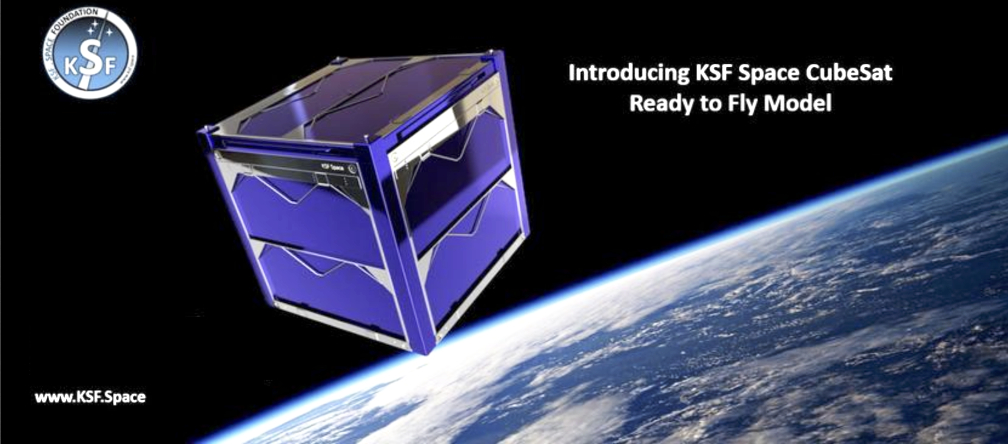
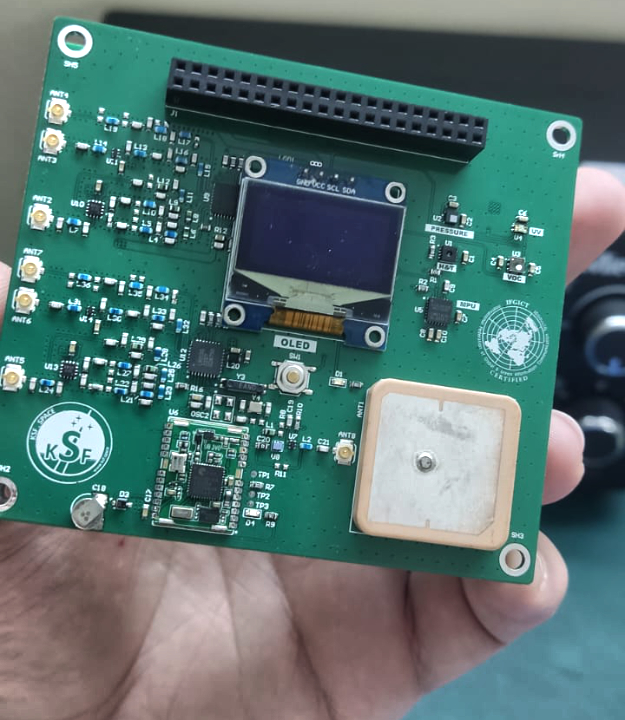
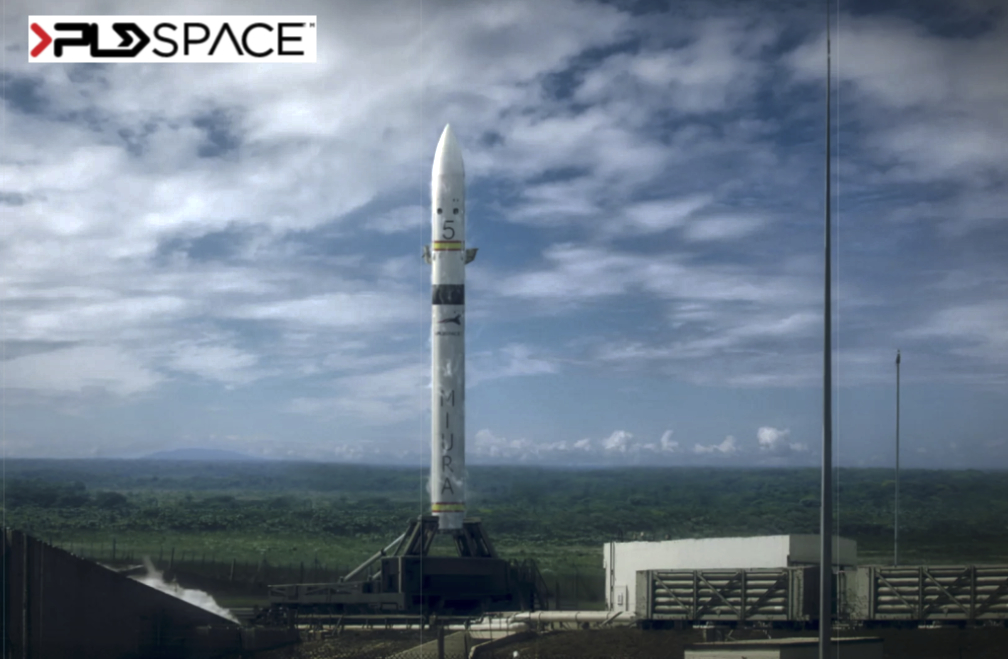


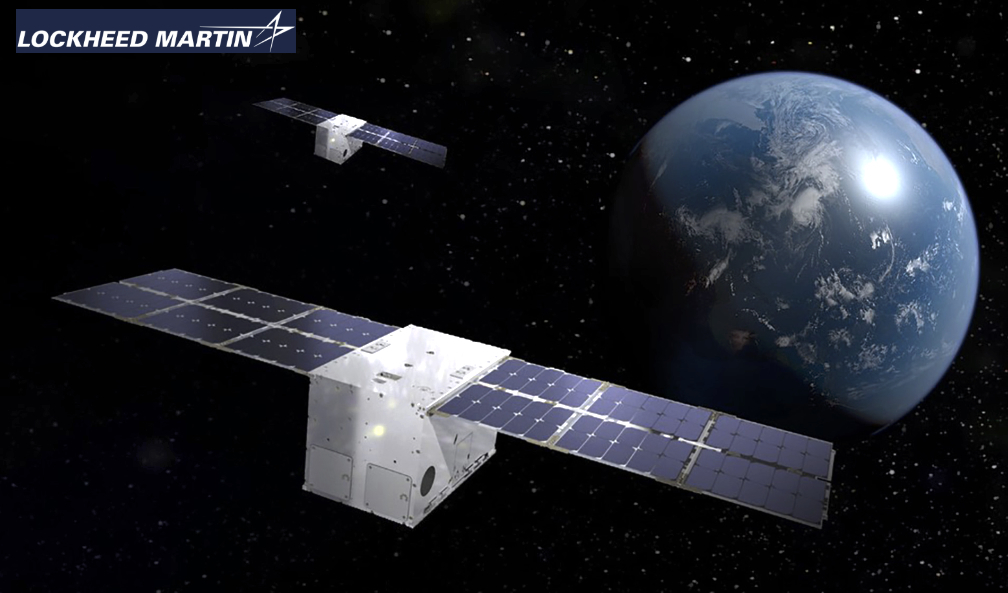
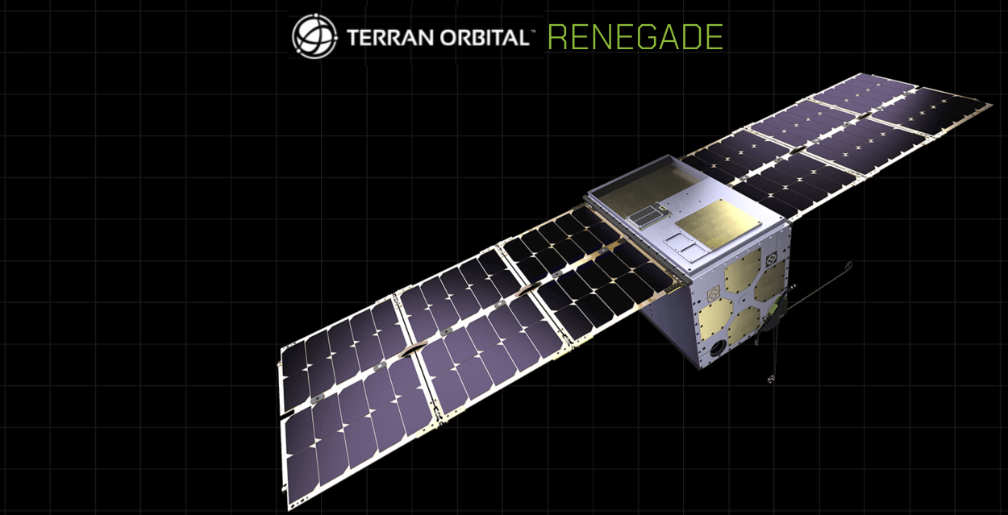
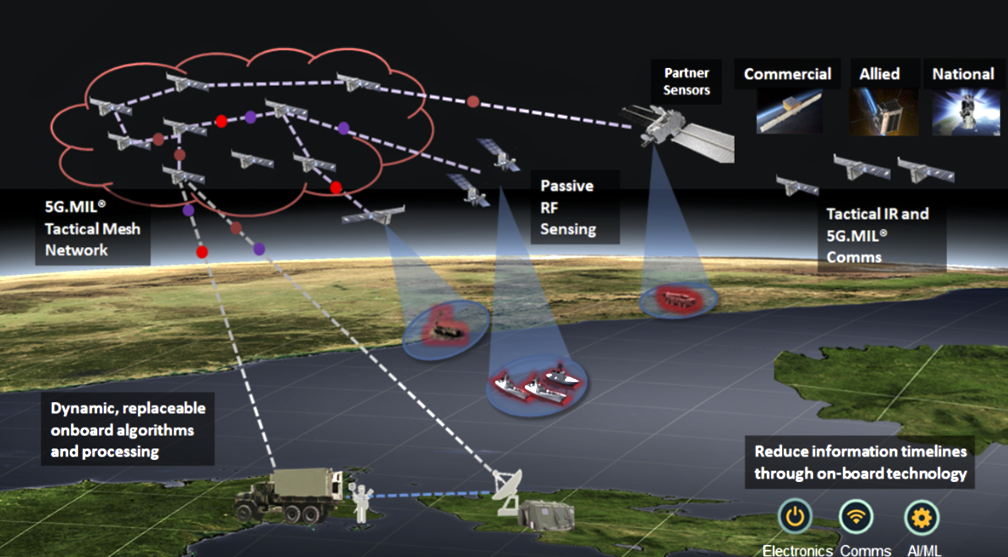
 and
and 